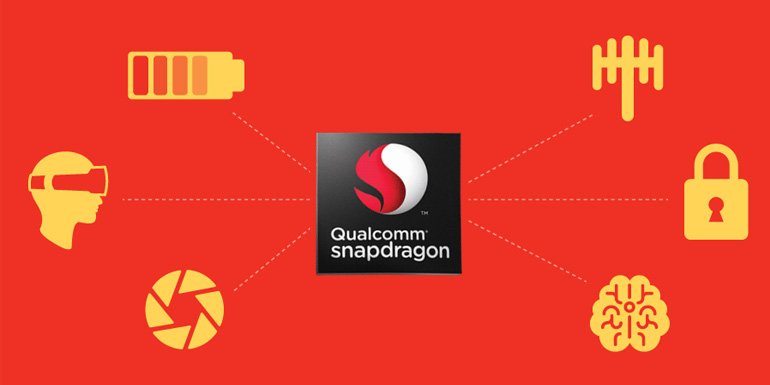The world is moving towards the crazy dual camera setup, faster mobile internet speeds and most of all, we need more powerful performance without eating up the battery. Bringing the flagship-level performance to mid-range segment, Qualcomm has launched Snapdragon 660 and Snapdragon 630 chipsets or mobile platforms.
Qualcomm Snapdragon 660 chipset is the successor to the ageing Snapdragon 653. Whereas the Snapdragon 630 is the successor to Snapdragon 626 chipset. Both chipsets are based on the energy efficient 14nm process. Snapdragon 660 chipset uses Kryo 260 cores that can have up to 2.2 GHz of CPU clock speed. It has Qualcomm Adreno 512 GPU, which is an upgrade over the previous generation Adreno 510. Other improvements include Qualcomm Quick Charge 4, support up to 8GB of RAM, X12 LTE modem and Bluetooth 5.0.

Coming to Snapdragon 630, the chipset uses 8x ARM Cortex A53 cores at 2.2 GHz clock speed. It packs Qualcomm Adreno 508 GPU and features X12 LTE modem, Bluetooth 5.0, Quick Charge 4 support and support up to 8GB of RAM.
Dual Camera Support
Let’s dig deeper into the architecture of the Snapdragon 660 and Snapdragon 630 chipsets. First on the list is support for dual camera setup for your mobiles. The Snapdragon 630 can support up to 13MP + 13MP for dual cameras, while the 660 can raise that up to 16MP + 16MP. Both chipsets can capture up to 24 megapixels single ISP images with zero shutter lag. Also, 4K video capture and playback are fully integrated on the chipsets.
The Snapdragon 660 is equipped with Qualcomm Hexagon 680 DSP, which incorporates HVX that handles camera tasks through advanced computer vision and efficient image processing.
Machine learning
Both chipsets support Snapdragon Neural Processing Engine SDK. With the help of the SDK, when designing for artificial intelligence, developers have the flexibility to target the core of choice that best matches the power and performance profile of the intended user experience. Developers can use the deep neural networks to improve the performance of a particular task in their application.
Audio and Video
The Snapdragon 660 and 630 comes with Qualcomm EcoPix display technology that allows easy viewing even in harsh sunlight and Qualcomm TruPalette technology that can display accurate colours on the screen. For audiophiles, the chipsets pack Qualcomm Aqstic audio codec that can deliver Hi-Fi audio with support for up to 192-kHz/24-bit playback.
Faster LTE connectivity
With Qualcomm Snapdragon X12 LTE modem, both chipsets support download speeds of up to 600 Mbps. An advanced RF Front End support, which includes TruSignal adaptive antenna technology with carrier aggregation, is designed to optimise signal quality. Additionally both chipset support Bluetooth 5 and 2×2 MU-MIMO 802.11ac Wi-Fi.
Better Battery life
Both Snapdragon 660 and 630 comes with Qualcomm Quick Charge 4. This allowing you to charge the device up to 20 percent faster and 30 percent more efficient than its predecessor. With just five minutes of charging you can get battery power for 5 hours of talk time or 15 minutes of charging can bring a phone’s battery up 50 percent.
Lastly, Qualcomm mobile security offers a comprehensive suite that supports advanced, biometric authentication technologies. This includes the fingerprint scanning, iris scanning, facial recognition, and voice prints.
The Snapdragon 660 chipset will be available to mobile vendors starting today. Whereas the Snapdragon 630 chipset will start shipping towards May-end. You will find smartphones running this new chipset by the third quarter of 2017.


